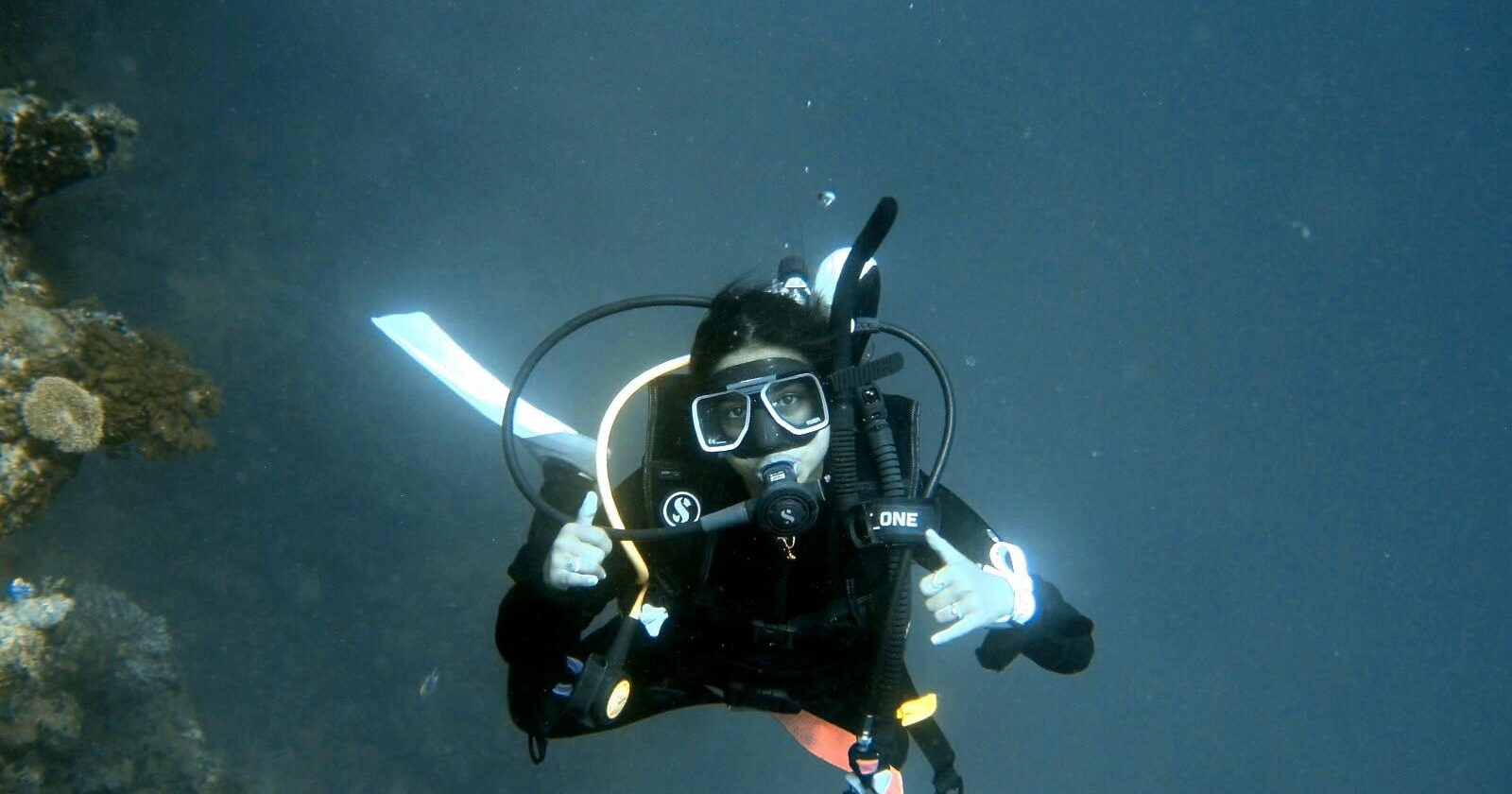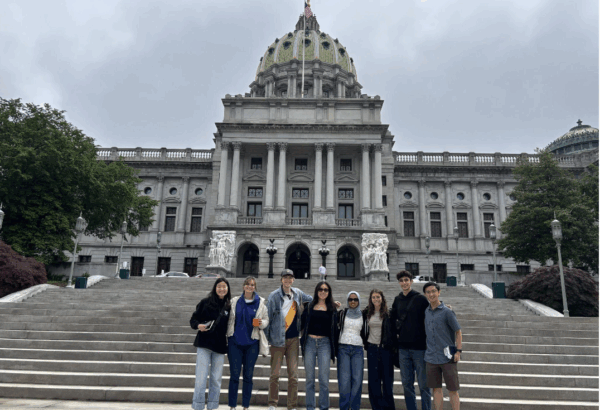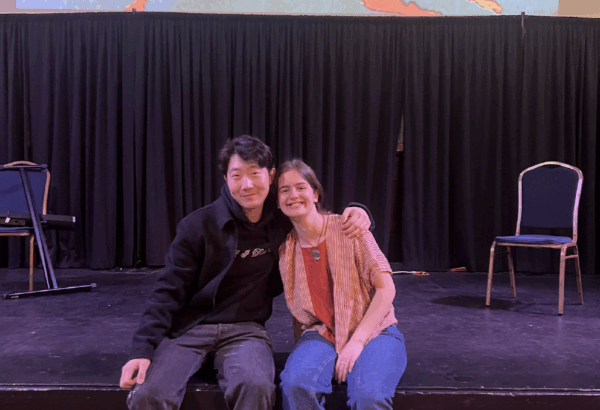When the Grit Lab course challenged me to design a Discovery Project focused on exploration and effort, I chose diving. My love of diving began in July 2021 in Roatan, Honduras, when I earned my SSI (Scuba Schools International) Open Water Diver Certification. I loved parts of it–the marine life was beautiful–but not everything was as exciting. Breathing underwater felt unusual, and the gear was incredibly heavy. More over, the preparation of putting my equipment together and being in the water for so little time felt more like a challenge than a “passion.” Still, the marine life kept drawing me back to scuba diving.
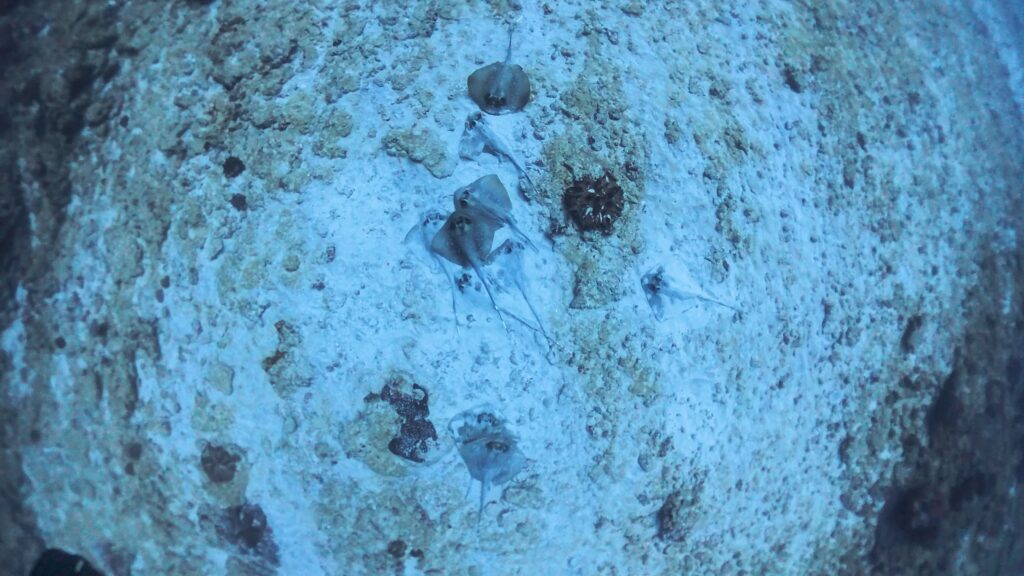
I wanted to understand what it meant to stick with something that inspired me, even in the face of challenges. My project goal was to explore different styles of diving, like wreck, deep, and drift diving, ultimately pushing myself physically and mentally. I also earned my PADI (the Professional Association of Diving Instructors) Rescue Diver certification in Bethlehem, Pennsylvania.
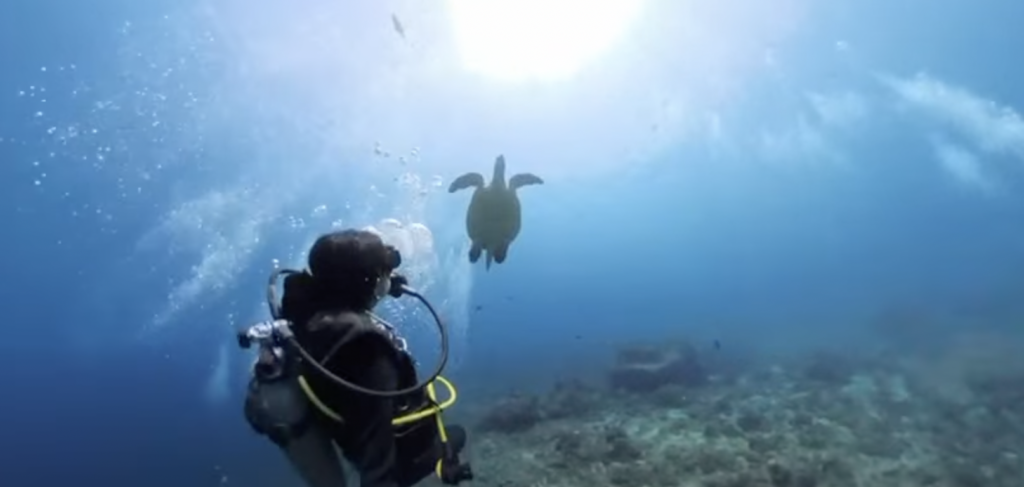
The SNF Paideia Small Grant gave me the chance to bring my Discovery Project to the real world. I traveled through Indonesia for two weeks, exploring different types of dives and building friendships from different corners of the world. Learning about divers’ different reasons to pursue this sport brought the SNF Paideia’s values of curiosity and dialogue to life.
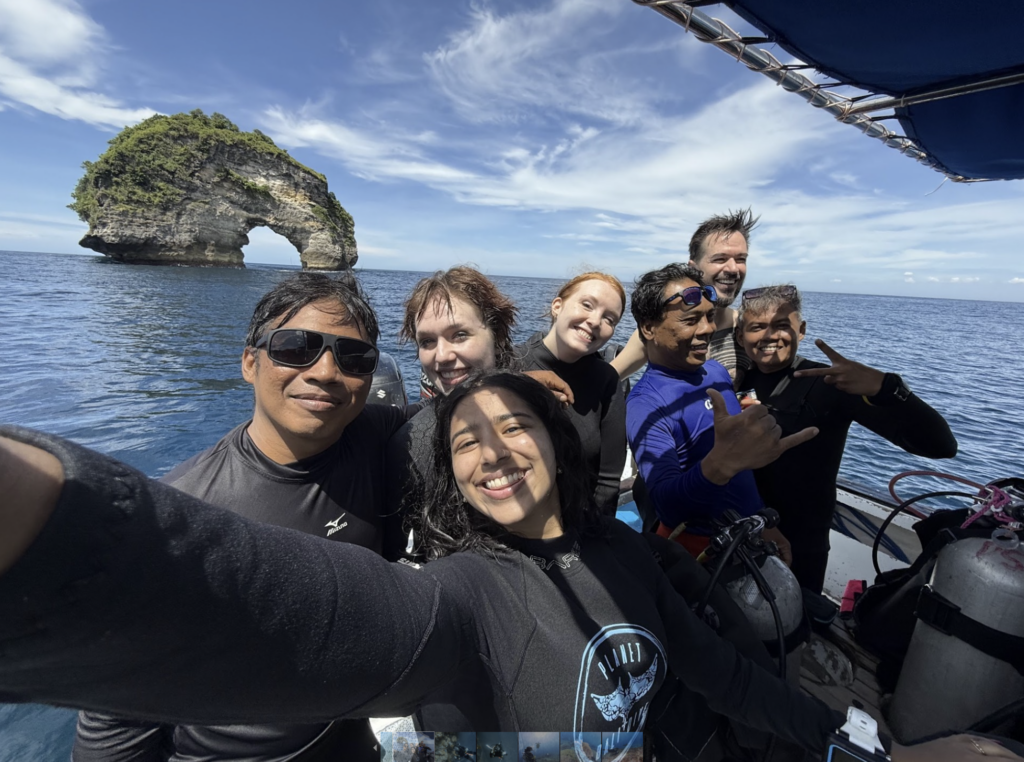
It was exciting to learn about an Advanced Open Water Diver from Holland, who dropped out of university and was hoping to earn his Dive Master certification. A woman from Scotland explained how she loved to write postcards back home and found time in between dives to write these notes. In Gili Trawangan, a small island off the island of Lombok neighboring Bali, I learned about a real estate banker who is now a full-time dive master on the tiny island. I was amused by the Australian psychotherapist who came to Bali to get his tattoo retouched decided to go diving because “why not?” I enjoyed learning about the life of a young woman in the small city of Labuan Bajo, a city in Indonesia part of the island of Flores (an economy reliant on diving), who came here from her village at 13 to pursue work as a masseuse, as she showed me around the city on her motorcycle.
These conversations helped me reflect on the distinct ways people engage with their passions. For some, diving is a bucket-list activity; for others, it is a way of life; and most are still figuring it out. What I learned is that passions do not have to follow a single path.
During the 18 dives I completed in the Indian and Pacific Oceans, I didn’t think about the weight of the gear or the discomfort from drying in between dives, or the differences in breathing underwater. Instead, I wondered how my breathing could be so slow while my eyes widened at the sight of 15-foot-long manta rays. I was curious as to how, when I dove the World War II USAT Liberty Shipwreck at night, a grouper used our flashlights to hunt its prey. I marveled at how I could find something that gave me so much peace and adrenaline at the same time.
Completing my 75th dive at the Great Barrier Reef, shortly after my two weeks in Indonesia, I reflected on my fear, 4 years prior, during one of my first dives. I realized that passion isn’t always a “love at first sight”; most of the time, it is about actively choosing to keep showing up in the face of fear and challenges. I chose to show up to dive—and now, scuba diving shows up for me through its inspiring global communities and an endless underwater archipelago that waits patiently to be explored.
Lavanya V. Neti (W’25) is majoring in Finance & Statistics

